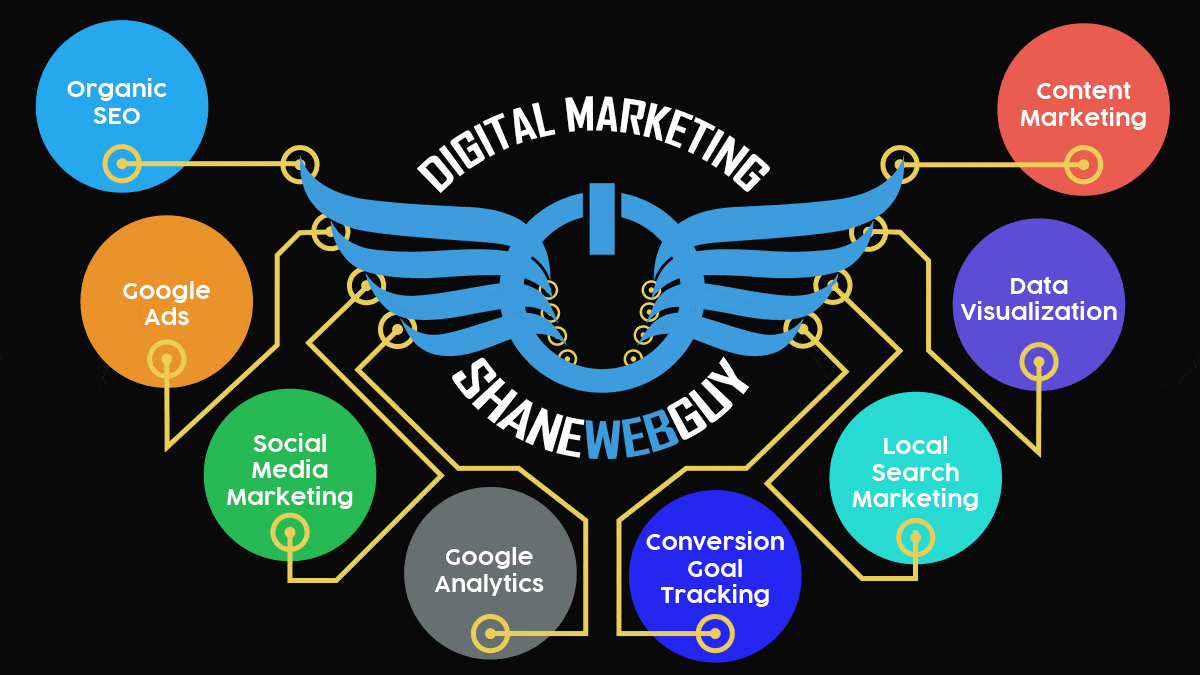Technical On-Page SEO Tips to Improve Rankings and Site Performance
Written By: Shane Clark on November 3, 2024
If your website isn’t showing up where you want it to in search results, your technical on-page SEO might need a closer look. These behind-the-scenes updates play a big role in how search engines crawl your site and how users experience it. While great content is still king, technical tweaks like faster load times, clear meta tags, and smart internal links can give you a major edge. The goal is to make your site easy for both people and search engines to understand. When done right, these efforts help your rankings go up and keep visitors engaged once they land on your page.
Start with an SEO Intake Form to Identify Key Goals
Before jumping into any technical fixes, it’s important to know what you’re trying to improve. An SEO intake form helps gather the right information upfront. This can include the type of site, target audience, top competitors, and current search visibility. With these details, you can create a plan that targets real business goals. It also saves time by avoiding unnecessary changes. At ShaneWebGuy, we always begin technical SEO projects with this step to make sure our updates deliver real impact. A customized plan makes all the difference when working on technical on-page SEO.
Key Technical On-Page SEO Elements to Focus On
Some of the biggest wins in technical on-page SEO come from areas that are easy to overlook. Meta titles and descriptions tell search engines what your pages are about, and they affect whether people click through from search results. Fast-loading images with descriptive alt text improve both accessibility and speed. Well-organized header tags (like H1s and H2s) help structure your content for better readability. You should also review your internal linking. Linking to related service pages, such as your Web Development or Organic SEO Expert offerings, helps users explore your site while also guiding search engines. Tools like Google Search Console or Ahrefs can help track these improvements.
Make Your Site Structure and URLs SEO Friendly
Search engines prefer sites that are easy to crawl. That starts with a clean, logical structure. Group related pages under clear categories and keep the URL format simple. For example, avoid messy URLs with numbers or random characters. Instead, use readable keywords that reflect what the page is about. A site structure like this improves usability and also helps with indexing. At ShaneWebGuy, we help clients create organized site maps and optimize URL patterns across platforms like WooCommerce and Shopify Developer builds. These technical fixes support your overall SEO strategy and improve long-term performance.
Use Internal Linking to Guide Search Engines and Users
Internal links help search engines understand how your content connects. They also keep visitors on your site longer by pointing them toward related pages. A smart internal linking strategy supports both SEO and user experience. For example, linking a blog about SEO basics to a service page like Digital Marketing Expert helps users take the next step. Use descriptive anchor text that tells people (and Google) where the link leads. Avoid generic phrases like “click here.” Focus on pages that add value and are worth exploring. Over time, this approach improves crawlability and spreads ranking power across your site.
Optimize for Speed and Mobile Experience
No one likes a slow site, and search engines feel the same. Google has made it clear that page speed and mobile responsiveness are key ranking factors. You can use tools like PageSpeed Insights or GTmetrix to test your performance. Compress large images, reduce plugin bloat, and consider using a content delivery network. Make sure your site works well across all screen sizes and devices. Whether you’re running a blog or an Ecommerce Development platform, speed and responsiveness directly affect user satisfaction. A fast, mobile-friendly website helps lower bounce rates and boosts your technical on-page SEO strength.
Track SEO Enhancements with Clear Reporting
After making technical improvements, it’s important to track your progress. Tools like Google Analytics and Google Search Console can show how your pages perform before and after updates. Reporting helps highlight the value of your work and supports data-driven decisions. A good report should cover meta updates, URL changes, internal links added, and improvements in rankings or traffic. At ShaneWebGuy, we provide detailed reports after each WordPress Developer or technical SEO project so clients know exactly what was done and why. This transparency builds trust and shows how even small changes can have a big impact.
Let’s Talk About Your Project
If you want to work with a team that gets the details right and offers full support before and after launch, we’re here to help. Whether your project is small or complex, our team at ShaneWebGuy can guide you from the first meeting to the final result.
Website: https://shanewebguy.com
Phone: +1 (408) 915-5077
